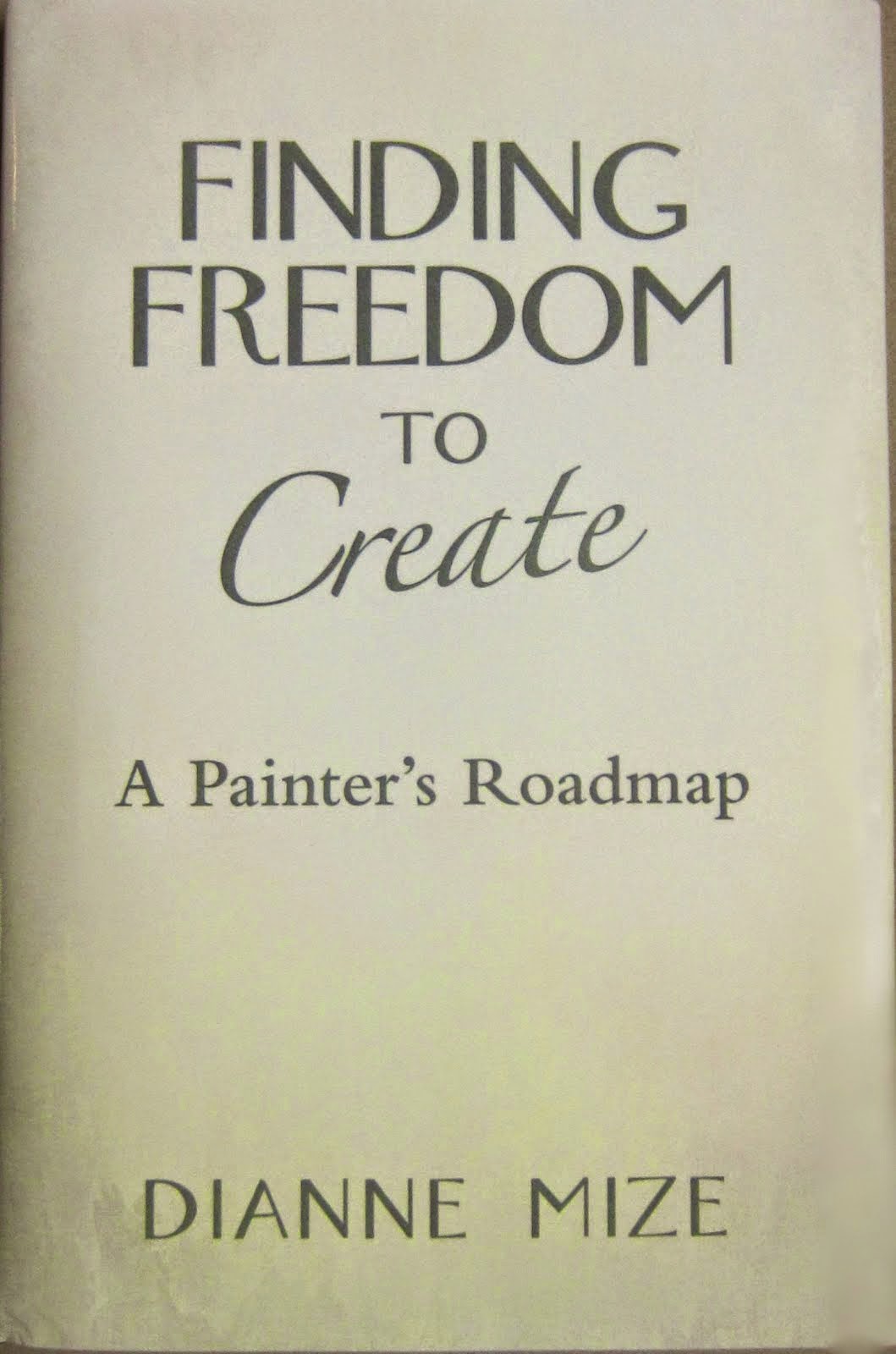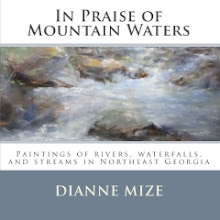On the left is my computer monitor; on the right, my watercolor palette. On the big easel in the back is my sketchbook with the initial studies for the painting, and on the watercolor easel in front is the painting-to-be. Sitting at the top is a watercolor block where I worked out the color.
I began by responding to the colors I saw in the resource photograph on the computer monitor and from there began to intuitively explore combinations until I came up with a set of colors that feels right. On the right side of the watercolor block is my initial exploration; on the left the colors I finally came up with and at the bottom some combinations these colors will yield.
So the palette begins with Antwerp blue, quinacridone violet and quinacridone burnt orange. The process is slow. I do a lot of pacing back and forth, etching the reference in my brain and moving slowing towards getting the paint slinging going.
Enjoy your Wednesday.
Dianne















